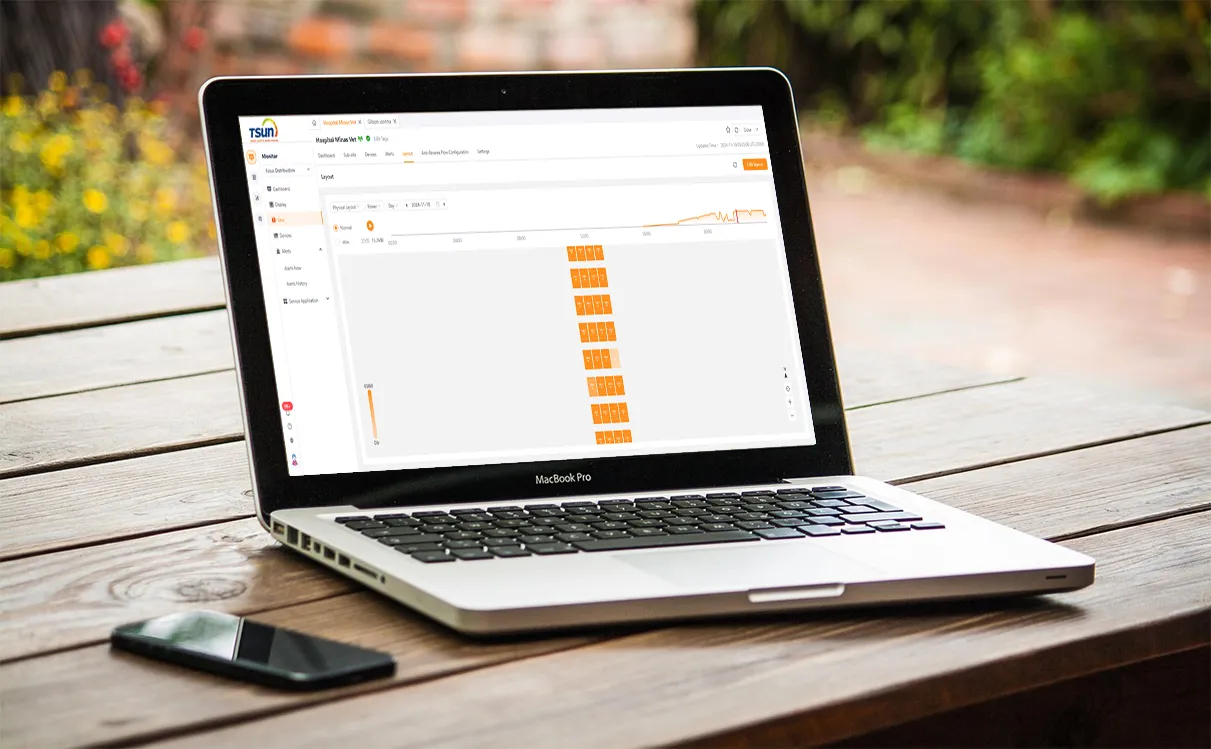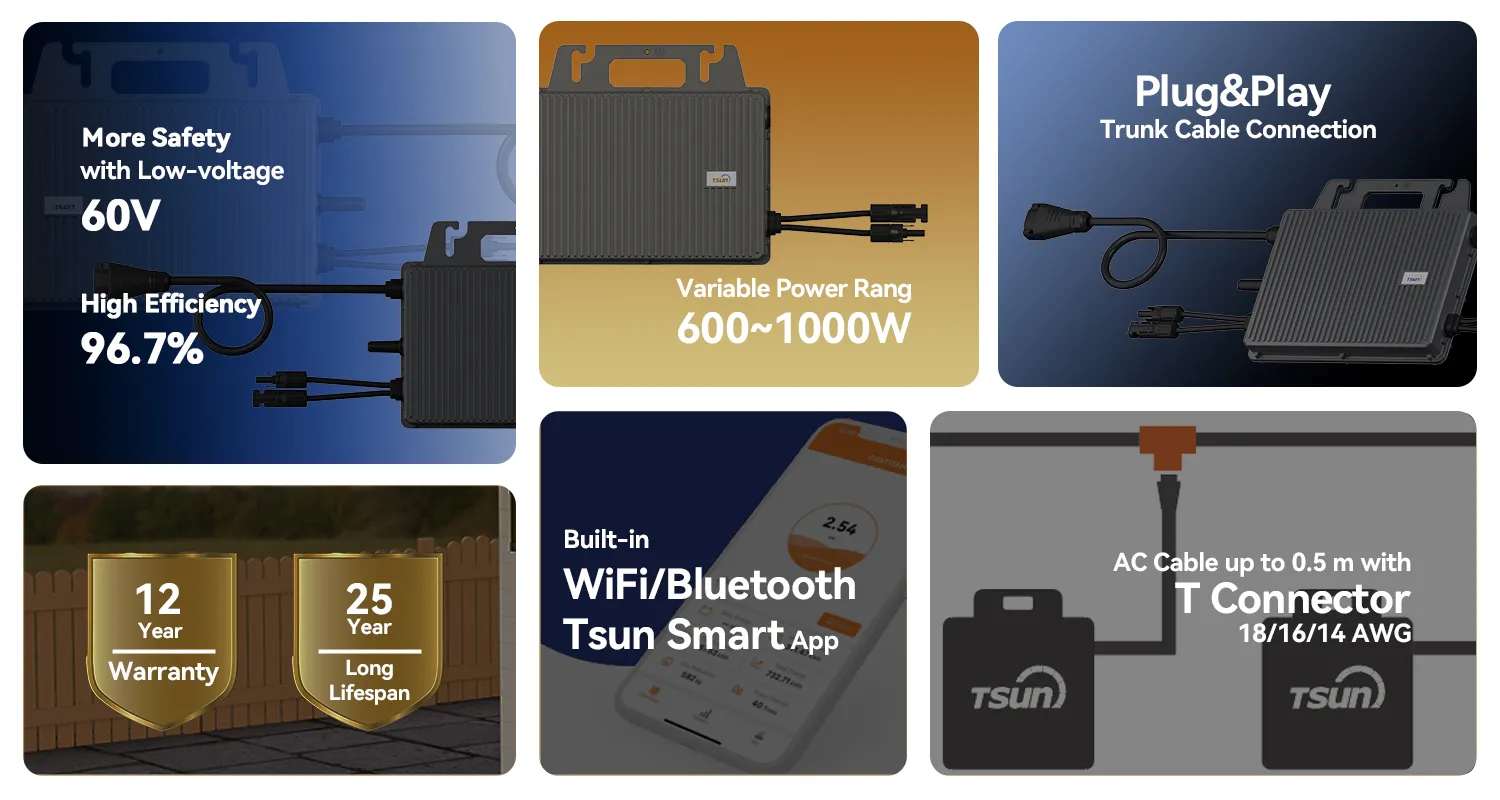Navigating the ever-evolving landscape of solar backup systems involves a careful consideration of cost-effectiveness, reliability, and functionality. A solar backup system functions as a crucial safety net for energy security, making the decision to invest in one both a smart and necessary choice for many households and businesses. However, understanding the cost components and developing a cost-efficient strategy can be daunting, as there are numerous factors to consider.

To begin, the primary components contributing to the overall cost of a solar backup system include solar panels, inverters, batteries, installation labor, and maintenance. Each of these elements plays a significant role in not only the upfront financial outlay but also the long-term economic benefits derived from the system.
Solar panels, the most visible component,
typically account for about 25-35% of the total system cost. These panels capture and convert sunlight into electricity, forming the backbone of your energy system. Prices for solar panels have seen a steady decline over the past decade due to technological advancements and mass production, making them more affordable than ever. However, the quality and efficiency of panels can vary significantly, so selecting panels with a robust warranty and proven performance is paramount for long-term savings.

Inverters, about 10-15% of the cost, are another critical component, responsible for converting the direct current (DC) produced by panels into alternating current (AC), which is usable by home appliances. Choosing a high-efficiency inverter can enhance system performance and reduce energy wastage, contributing directly to lower energy costs over the system's lifespan.
Batteries represent a substantial portion of the investment, often about 30-40% of the total cost. These components store excess energy for use when sunlight is unavailable, such as during evenings or cloudy days. With various types, such as lead-acid, lithium-ion, and flow batteries, decisions should be driven by needs such as capacity, longevity, and environmental conditions. Although lithium-ion batteries are typically more expensive initially, their longer lifespan and higher efficiency often offer a better return on investment.
Installation labor costs, accounting for approximately 15-20% of total expenditure, may vary depending on the complexity of the installation and local labor rates. Choosing a certified and experienced installer can mitigate potential pitfalls and ensure the system operates efficiently and safely, ultimately protecting your investment.
solar backup system cost
The final element, maintenance, impacts long-term cost predictions. While solar systems generally require minimal maintenance, it is essential to account for periodic inspections and cleaning to maintain optimum performance and detect any potential issues early on.
In addition to the tangible cost components, an often-overlooked aspect of the economic consideration is the scope of government incentives and rebate programs. These financial incentives can drastically reduce the initial cost burden. Many regions offer tax credits, rebates, or performance-based incentives to encourage solar adoption. As such, familiarizing yourself with local and federal programs can significantly impact the return on investment timeframe for a solar backup system.
Moreover, the environmental benefits, such as reducing carbon emissions and decreasing dependency on non-renewable energy sources, provide intangible returns that, although not directly reflected in cost savings, contribute to an improved quality of life and a sustainable future.
Ultimately, a transparent understanding of these cost variables, balanced with quality considerations, will illuminate the path to a rewarding investment in solar backup systems. When evaluated with diligence and foresight, the initial expenditure unlocks a suite of benefits energy autonomy, reduced electricity bills, and a mitigated impact on the planet. As technology continues to advance, it becomes increasingly advantageous to invest in a solar backup system, assuring both financial and environmental prudence.
The journey of integrating solar energy is not merely an economic calculation but a step toward sustainable living and energy independence, reflecting a commitment to both fiscal responsibility and ecological stewardship.
 LEARN DETAILS
LEARN DETAILS
 News
News



